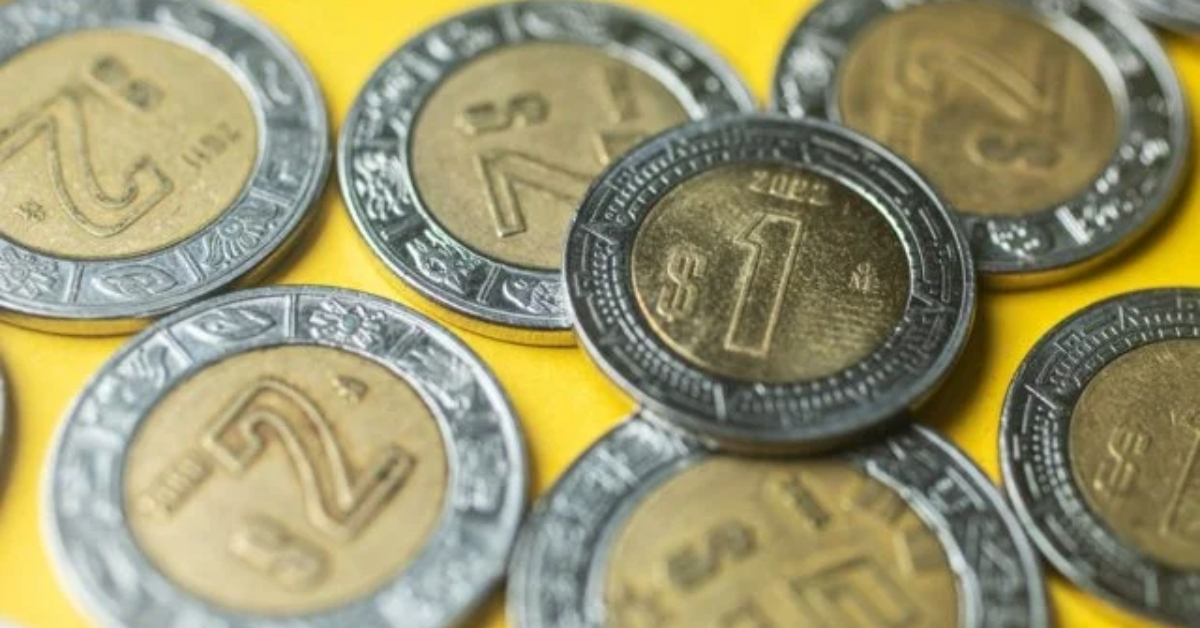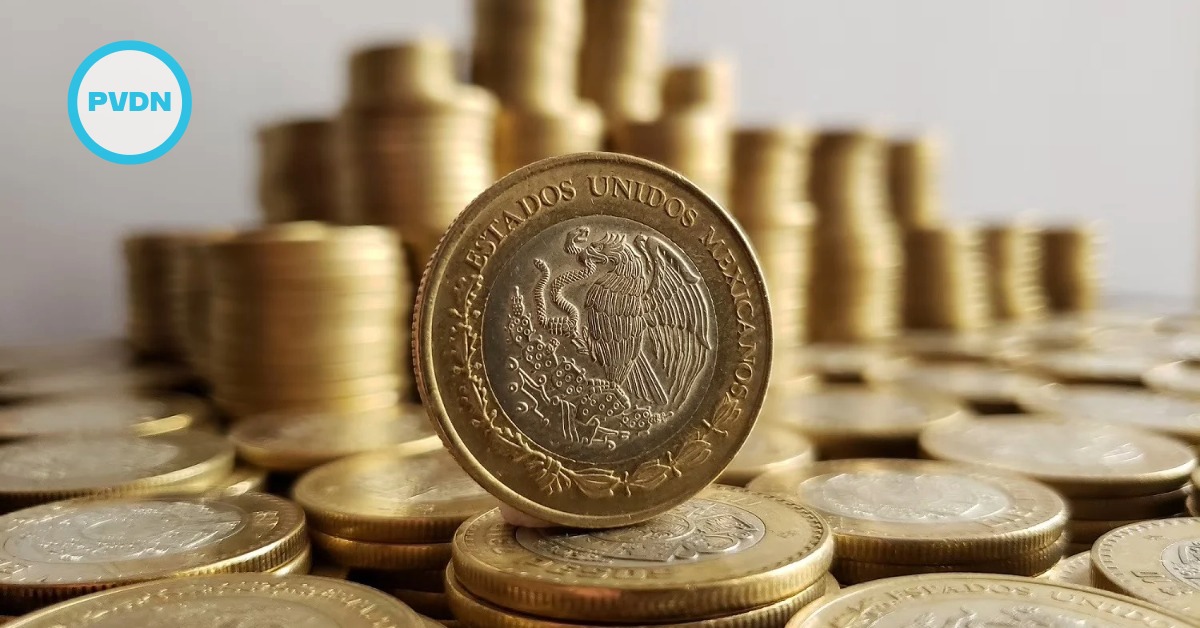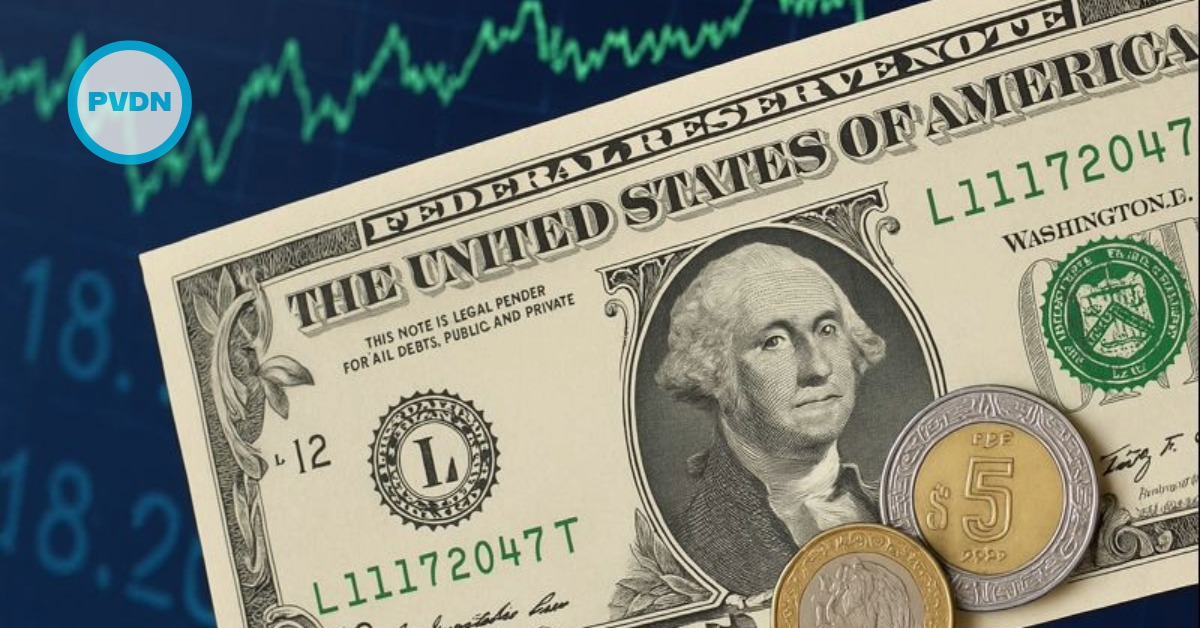Puerto Vallarta, Mexico - The Mexican peso experienced a sharp decline on Thursday, becoming the most depreciated currency among a basket of major global currencies. The local currency lost ground due to a combination of factors, including a globally strengthening U.S. dollar and heightened market caution ahead of Republican billionaire Donald Trump's upcoming presidential inauguration.






